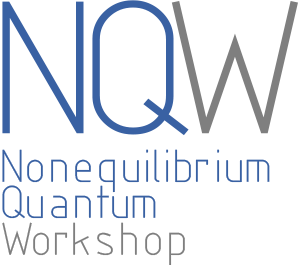Kazuki Yamamoto: Entanglement phase transition under continuously monitored dynamics in many-body localized systems
Localization, which is typically induced by disorder, is an exotic phenomenon where a quantum state fails to spread over the entire Hilbert space. Recently, measurement is utilized as another mechanism to localize a quantum state in nonunitary quantum circuits and continuously monitored systems, which exhibit novel quantum phenomena dubbed measurement-induced phase transitions (MIPTs). However, while both the disorder and the measurement localize the wave function and suppress the entanglement spreading, it is still not clear whether they exhibit the same localization properties.


